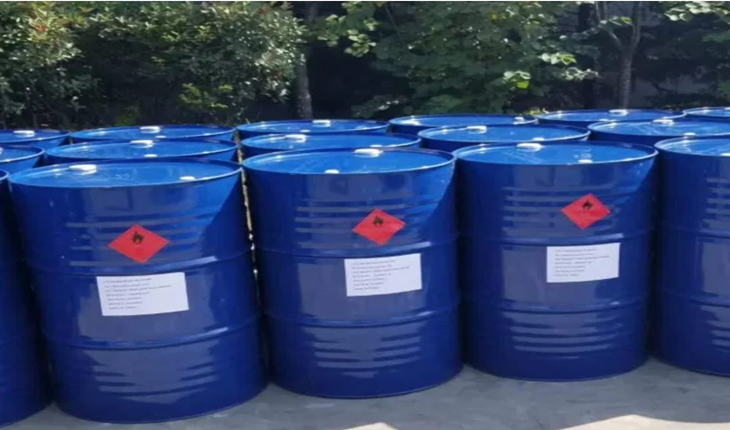"Pesticides raw materials" refer to the fundamental components used in the production of pesticide formulations. These raw materials typically include:
-
Active Ingredients: The active ingredient is the chemical compound responsible for controlling pests. It can target insects, weeds, fungi, bacteria, or other pests. Active ingredients are usually sourced in their pure form (technical grade) and are the primary component of pesticide formulations.
-
Solvents: Solvents are used to dissolve the active ingredients and other additives, forming a stable solution or suspension. Common solvents include water, mineral oil, and organic solvents such as xylene or acetone.
-
Emulsifiers: Emulsifiers help disperse the active ingredients evenly throughout the formulation and facilitate the formation of stable emulsions. They are essential for ensuring uniform application and efficacy of the pesticide.
-
Adjuvants: Adjuvants are additives that enhance the performance of pesticide formulations. They may improve wetting, spreading, adhesion, or penetration of the pesticide on target surfaces. Examples include surfactants, wetting agents, spreaders, and stickers.
-
Stabilizers: Stabilizers help prevent degradation or breakdown of the active ingredients due to factors such as light, heat, or chemical reactions. They ensure the stability and shelf-life of pesticide formulations, preserving their efficacy over time.
-
Inert Ingredients: Inert ingredients are non-active components added to pesticide formulations to improve handling, application, or other properties. They may include carriers, diluents, fillers, and colorants. Inert ingredients do not contribute to the pesticidal activity but play a crucial role in formulating and delivering the active ingredients.
Pesticides raw materials are sourced from various suppliers and undergo rigorous quality control measures to ensure purity, potency, and consistency. They are then combined in precise formulations to create pesticide products that effectively control pests while minimizing environmental impact and ensuring human safety.

